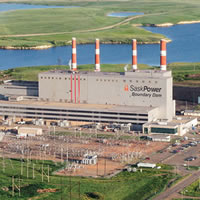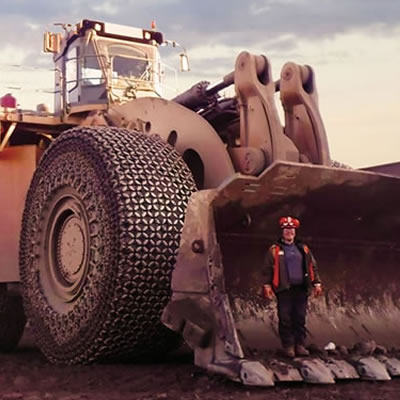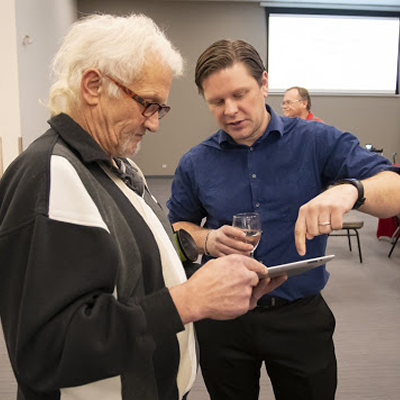SaskPower launches world’s first commercial CCS process

SaskPower opens the world's first commercial-scale carbon capture and storage process plant. — Photo courtesy SaskPower The world’s first commercial-
SaskPower opens the world's first commercial-scale carbon capture and storage process plant. — Photo courtesy SaskPower
The world’s first commercial-scale carbon capture and storage (CCS) process on a coal-fired power plant officially opened at Boundary Dam Power Station in Estevan, Saskatchewan.
Premier Brad Wall, Canada’s Minister of Natural Resources Greg Rickford, Saskatchewan Economy Minister Bill Boyd, and SaskPower President and CEO Robert Watson were on hand to officially open the project.
“Over the past six years, Saskatchewan has become a global hub of innovation, especially in agriculture, mining, oil and gas, and now carbon capture and storage,” Premier Wall said. “This project is another Saskatchewan first. The rest of the world is very interested to learn how they too can produce environmentally sustainable coal power.”
When fully optimized, SaskPower’s new process will capture up to a million tonnes of carbon dioxide annually, the equivalent of taking 250,000 cars off the road. The power unit equipped with CCS technology will continue to use coal to power approximately 100,000 Saskatchewan homes and businesses. The captured carbon dioxide will be used for enhanced oil recovery, with the remainder stored safely and permanently deep underground and continuously monitored.
“Today’s announcement – a world first – demonstrates Canada’s leadership in developing clean energy technology,” said Minister Rickford. “Saskatchewan’s Boundary Dam project is a prime example of Canadian expertise helping reduce emissions, while growing the economy.”
The launch was attended by more than 250 people from more than 20 countries representing governments, industries and media.
“The opening of this new SaskPower plant reinforces the great innovation and development that can take place if you have strong investment and partnerships from the government and industry,” said U.S. Senator Heidi Heitkamp (D-ND). “From my more than a decade working at Dakota Gasification in North Dakota, and from visiting the construction of the SaskPower facility just over a year ago, I understand just how important it is that we look to the future in how we harness our energy. Coal is a key resource in both Canada and the U.S., and through the development of clean coal technology, we can create North American independence and energy security, while also reducing emissions. We need to develop more clean coal plants to make that possible, and in the U.S., we can learn from the steps Canada has taken to find a realistic path forward for coal.”
“This project is important because it is applicable to about 95 per cent of the world’s coal plants,” Economy Minister Bill Boyd said. “As nations develop emission regulations, they will come to us to see how we continue to provide affordable coal power to customers, but in an environmentally sustainable way.”
Attendees at the event toured the facility and learned how they can access SaskPower’s expertise and knowledge to develop their own CCS initiatives.




